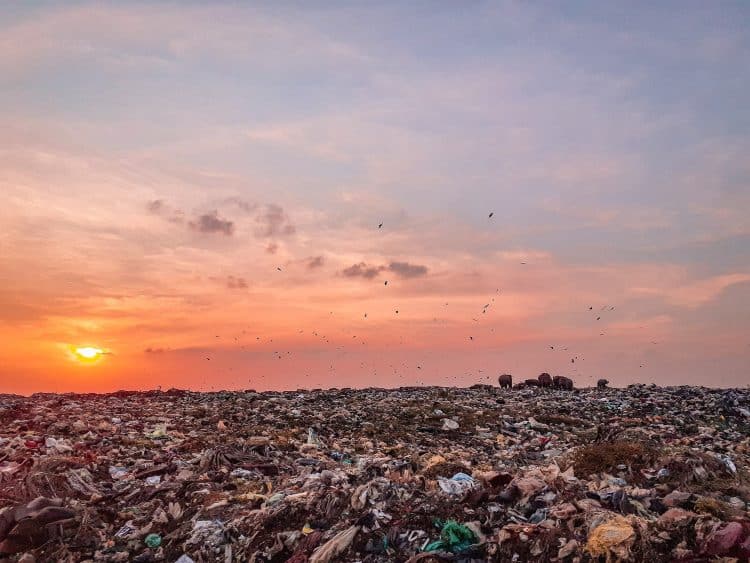Disposable vape pens are used once. Then they are reunited with the Earth in massive garbage heaps destined to outlive us all—indeed, they outlast our grandchildren and their grandchildren. Some of these consumer artifacts even end up in the ocean as part of the great trash vortex (aka, the Great Pacific Garbage Patch). It’s hard to believe and more than just a tad vexing. The question thus faces cannabis consumers and producers: can disposable vape pens ever be sustainable?
Most manufacturers market them for ultimate convenience. Use it, then lose it. Buy another. Rinse and repeat. Unfortunately, the materials in pens generally consist of single-use plastics (including disposable pods), glass, heavy metals, and hazardous batteries. Designs vary, and many products don’t list materials, much less recyclability. Recycling programs generally only accept clean, easily identifiable materials.
Discussing the dawn of disposable e-cigarettes, Hendlin & Bialous [1] refer to such devices as “low-value but sophisticated electronics” that present a “looming environmental threat.” New Frontier Data identified disposable vape pens among the “hottest product categories” in the cannabis industry and, simultaneously, among the greatest environmental challenges.
There have been several awareness campaigns, such as sponsored by Up Kindness. This exhibit and professional conference showcased art built on the “tsunami of waste” from single-use carts and devices. Companies initially implemented incentive-based return boxes for their disposable vape pens. They would then refurbish the pens. However, regulations in the state of California forced such programs to shut down. Other companies like TerraCycle offer recycling services for vape devices but at the cost of the consumer/company.
A few responsible companies have taken a stab at designing pens more consciously. The medical-grade plastic in dosist™ pens is made from 100% post-consumer recycled material and can be recycled again. Other companies like Sensi and have gone the route of refillable, customizable pens that keep the device in the consumer’s hands (and out of the landfill) for longer. These are top-down refills that don’t require an endless stream of proprietary plastic pods.
Although not a complete solution, consumers also have the option of re-purposing vape pen waste into household décor. Colorado dispensary KaringKind declares the “only limit to what you can put in old cannabis containers is your imagination.” They cite items like candle votives, loose change storage, and pixel art. Although some lay the responsibility wholly on the consumer, it is quite a task to dismantle, identify, and even pay for the proper disposal of each component in a pen.
Thankfully, the cannabis industry is characterized by high-minded innovators. New materials and strategies are bound to enter the market. Consumers can then affirm the value of sustainable practices and support these endeavors.
Image: Karuvadgraphy from Pixabay
Reference
- Hendlin YH, Bialous SA. The environmental externalities of tobacco manufacturing: A review of tobacco industry reporting. Ambio. 2020;49:17–34. https://doi.org/10.1007/s13280-019-01148-3. [Impact Factor: 4.778; Times Cited: 3 (SemanticScholar)]












